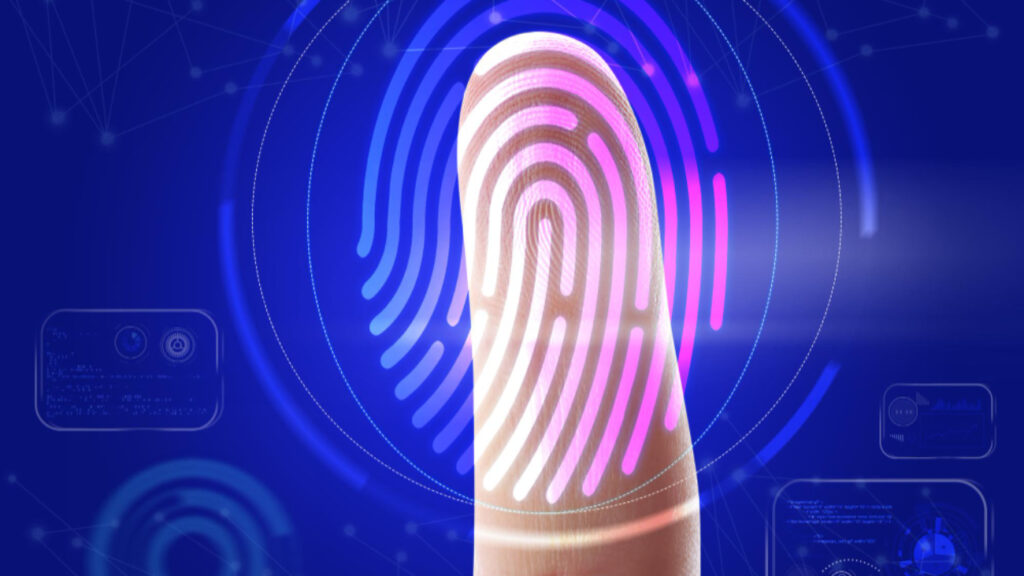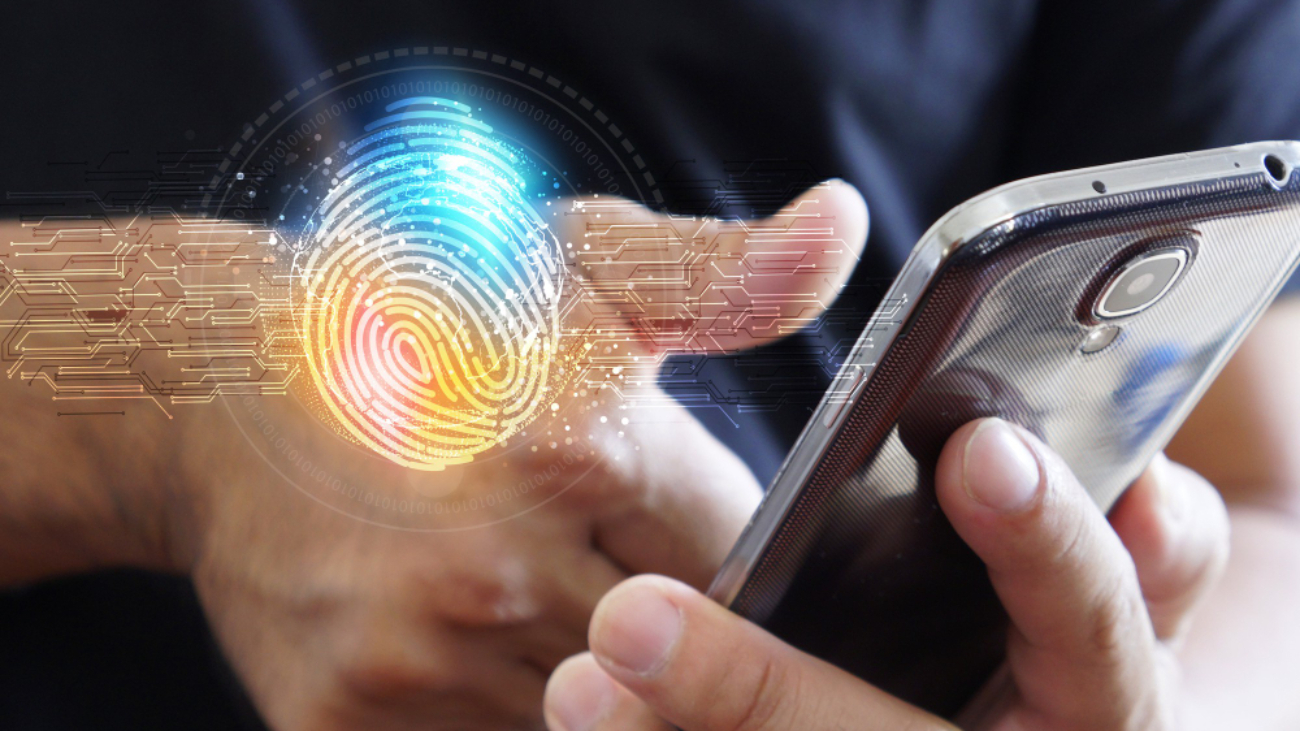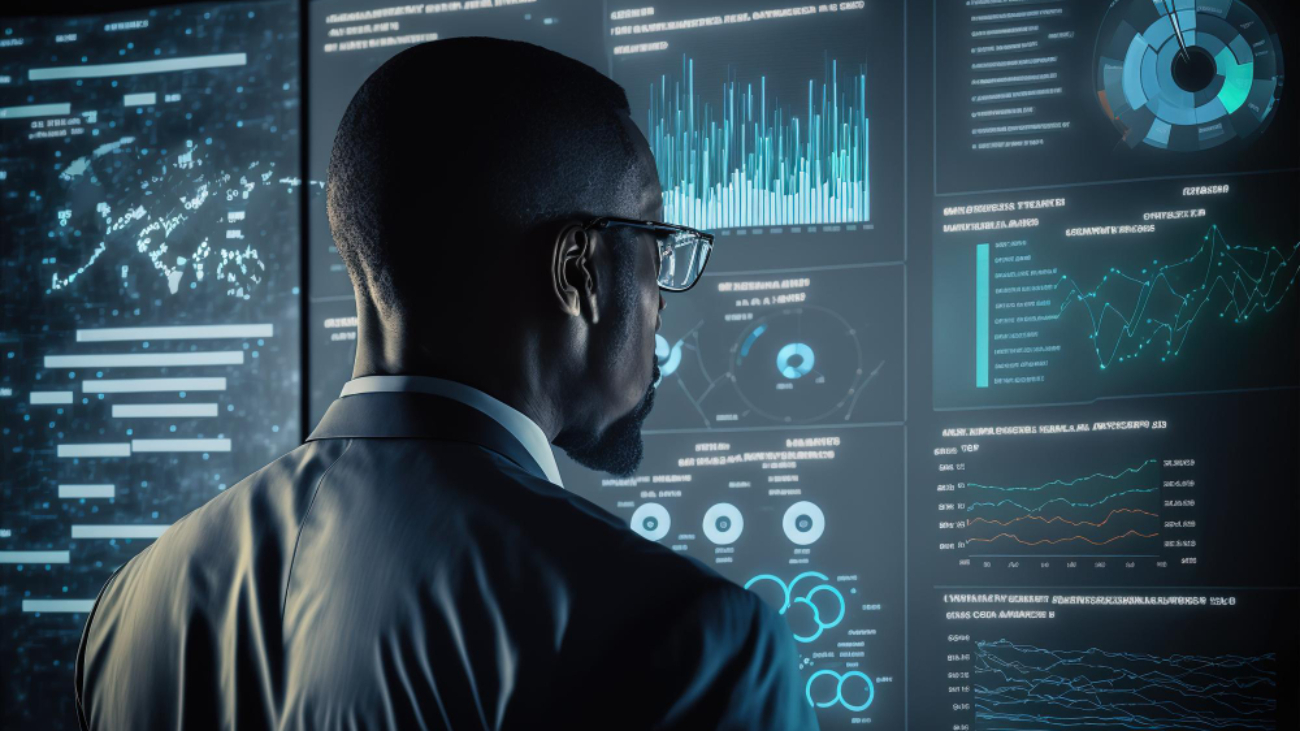We use biometrics for identification and authentication of individuals stated Bahaa Abdul Hadi. It uses unique behavioral and physical characteristics of these individuals to pinpoint their identity. Facial recognition is a possible approach of biometrics using the physical characteristics of the face as a parameter for identification. It has become popular as facial recognition is non-intrusive. Because of this convenience, people widely accept it.
Biometrics Patterns
The parameters used for biometrics are of three broad types. Physiological biometrics include physical traits. We use fingerprints, facial features, iris patterns, and DNA of an individual to uniquely identify them. Behavioral biometrics is another subcategory of parameters which rely on an individual’s behavior or actions. We use typing patterns, voice recognition, and gait analysis to verify an individual’s authenticity. Cognitive biometrics is the third sub-category where we use an individual’s cognitive processes for authentication. The parameters may include brainwave patterns and eye movement.
Facial Recognition as a Physiological Biometric
Facial recognition is a category of physiological biometrics and uses unique facial features. It analyzes the geometry of facial landmarks like eyes, nose and mouth. It can also use facial contours and skin texture. By collecting data on these parameters a biometric template is created and compared against the stored template of an individual. If the templates match then the individual is identified and authenticated.
Advantages of Facial Recognition
- Facial recognition does not need physical contact or special actions and is non-intrusive.
- People have already widely adopted facial recognition through smartphones and security systems at most airports.
- People readily use it because It is fast and highly accurate.
- We use it in many contexts from access control to surveillance.
Use Cases for Facial Recognition in Biometrics
Facial recognition has a broad range of use cases. It is regularly used for access control in secure areas and devices. We verify identity for transactions and account logins using facial recognition. Law enforcement uses it to track individuals of interest. It is used to identify patients and securely access medical records in the healthcare industry.
Conclusion
There are concerns of potential misuse of this technology for unwarranted surveillance and breach of privacy. Mass collection of facial data and biases in the algorithms have also been flagged for ethical issues. But overall facial recognition is very popular as a biometric tool for both service providers and users. This is because of the clear benefits of this technology in secure identification and authentication.
Thank you for your interest in Bahaa Abdul Hadi blogs. For more information, please visit www.bahaaabdulhadi.com.







